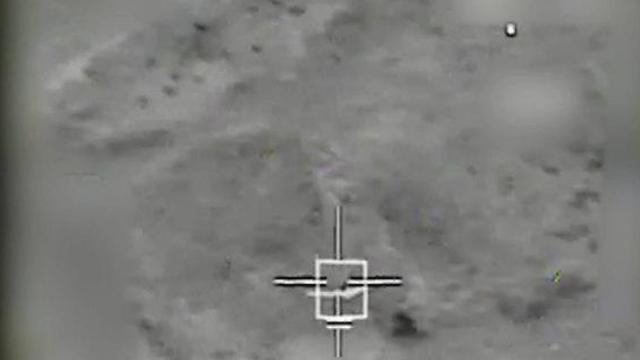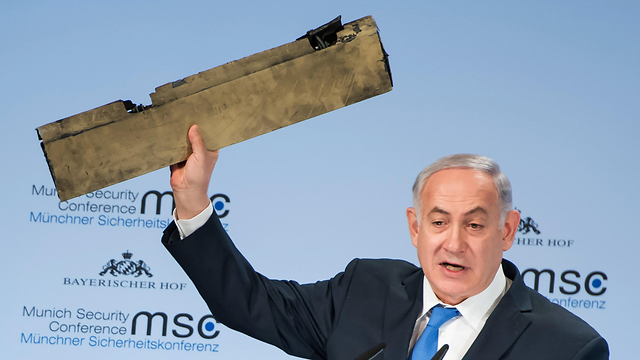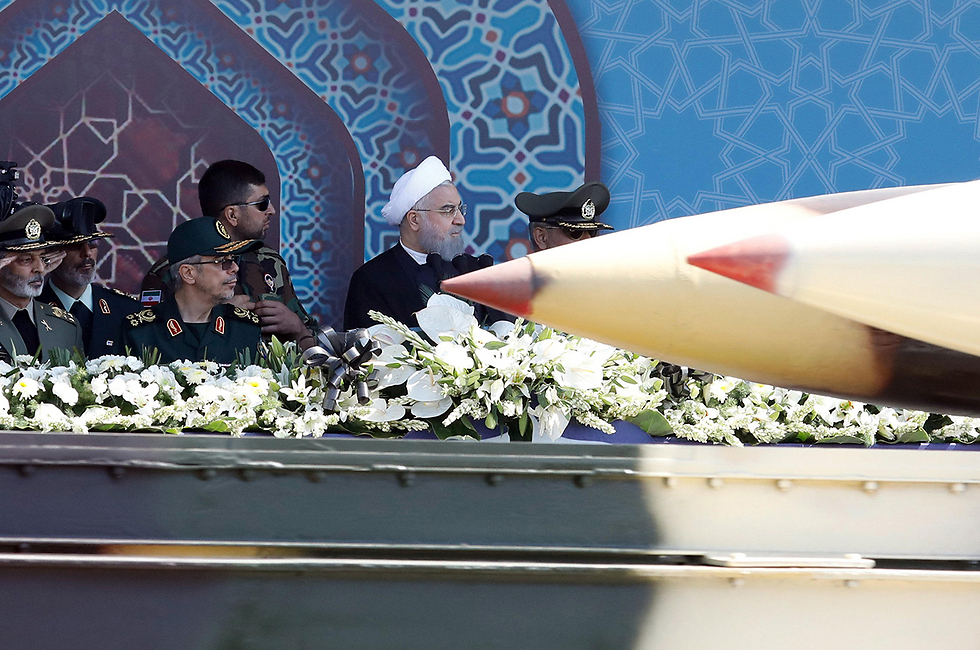The events of February 10 in Syria took place on the backdrop of the Iranian celebrations marking 39 years since the establishment of the Islamic Republic.
This is a good opportunity to look into the relation between the Iranians’ regular daily activities and the major ideology guiding the unprecedented experiment known as “The Islamic Republic of Iran.” Do tactical actions stem from seminal principles? Not always, of course.
The present time has its own logic and isn’t always attentive or patient towards vision. Having said that, the Iranian presence in Syria and Lebanon can be seen as an ongoing reflection of the ideas that stood at the basis of the Islamic Republic’s foundation.
Contrary to what we are used to hear in Israel, these seminal ideas can’t be summed up as the destruction of Israel or a Shiite takeover of the world, and not even as speeding up the arrival of the Shiite messiah, the Mahdi.
The ideological aspect of the Islamic Republic isn’t similar to the major ideologies that shaped the world in the 20th century. This isn’t a well-organized doctrine that just stands there, pure and decisive, and makes reality surrender to its commands. The Islamic Republic’s principles are engrained and forged in reality. For example, the Iranian policy’s basic command—survival.
Since splitting from the Sunni majority community following a dispute over the identity of Prophet Muhammad’s successors, the Shiites have seen survival as a religious commitment. Shiites must do everything possible to keep living, even if it means concealing the Shiite faith within a hostile Sunni environment.
This principle, however, isn’t simply a religious commandment that must be enforced word for word. It is a truth based on life experience which has shaped a conceptual and political tradition. In the Islamic Republic’s case, this principle became all the more important following the first decade in the new state’s life. It was a decade of a heavy and difficult war. The generation leading Iran today, both conservatives and moderates, discovered its commitment to survival in the foxholes of the terrible war with Iraq.
Documentation of the Iranian drone’s interception in Israeli airspace (Photo: IDF Spokesperson’s Unit)
We sometimes hear about the Iranians’ different time perception. They are either waiting for the messiah or seeking to speed up his arrival as much as possible. Their activities, therefore, cannot be taken at face value. Every activity is a rung in a ladder or a slice of salami, on the way to the complete vision forcing the Iranians to move forward in a certain way.
Because they believe in any activity that fulfills a present interest, this perception asserts, they are also scoring points for the future—redemption or the world to come. But the Shiite thought actually has an opposite intention. The Shiite perception of time is sharp and focused. A minority seeking to survive has no other choice. The present is the present, and its consequences are immediate and serious. The Shiite thought isn’t different in the perception of time, but in the perception of finality.The religious faith guiding the Iranians sees every activity as creating the following activity. There isn’t a step that can be taken which won’t be followed by additional steps. A final, comprehensive solution to any conflict isn’t part of the Iranian lexicon. The final and absolute belongs to God. Human reality is formed and created ceaselessly.
That doesn’t change the fact that Iran is a threatening enemy, but recognizing the purpose of these ideas must influence the way Israel perceives this threat. For example, in the Israeli response to the Iranian drone launched into Israel. Bombing the control center which the drone was launched from reflects an approach seeking to convey an unequivocal message and draw a red line that must not be crossed.
Prime Minister Benjamin Netanyahu holds up a fragment of the Iranian drone at the Munich Security Conference (Photo: AFP, MSC Munich Security Conference / LENNART PREISS)
T
he same applies to the response of senior Israeli government and IDF officials—there will be no Iranian entrenchment in Syria, there will be no missile factory in Lebanon, there will be no Iranian soldiers in the Golan Heights.
All these demands are important and logical, but the way Israel defines their implementation is limited and actually limits Israel. Let’s take, for example, the issue of soldiers in the Golan Heights. Is Israel really safe only if the soldiers are stationed 60 kilometers away rather than 50? Won’t the Iranians be able to bring allies to the Golan Heights who will provide them with the required intelligence picture, even without having soldiers? The definition of Israeli success is based on meeting clear and defined objectives. But the Iranians aren’t meeting objectives. The Iranians are moving, walking about and creating friction. Any attempt to curb or contain them must consider this seminal rule, which stems from the urge to survive in the region and in a hostile world. The Iranians are moving back and forth and from all directions. They learn as they move and form their interests as they move. Red lines, as the Iranians see it, emphasize their movement advantage. Running water can melt even the most stubborn rock.Dr. Ori Goldberg, an expert on political theology in the Shiite world, teaches at the Interdisciplinary Center Herzliya and serves as a research fellow at the Forum for Regional Thinking.
Idan Barir is a research associate at the Forum for Regional Thinking, focusing on Iraq. More than they want to destroy Israel, Iranians want to survive : http://ift.tt/2ou1AfG

No comments:
Post a Comment